Updated: March 14, 2024
You’ve probably been there before. You’ve prepared a fun and inspirational kids yoga class, only to find out that it’s not working.
Despite all the Ways Themed Lesson Plans can help in Kids Yoga, there are times I recommend you scrap your lesson plan for something even better!
Ditch Your Lesson Plan When a Big Event Happens
Perhaps something happened in school and the kids are feeling sensitive to the event. I’ve taught kids yoga during trying events like 911, school tragedies like the time a classmate died in a drowning accident, and lesson plans certainly turned towards supporting student’s needs during the COVID lock-downs. When students need empathy, your lesson plan becomes very flexible enough to adapt to the situations that arise and issues that need attention.
Modify Your Lesson Plan When It Doesn’t Feel Right
As a mindful teacher, you don’t resist the idea that what you’ve prepared doesn’t feel right. Remember that the lesson plan was prepared before going into class. If you feel that the plan doesn’t align with the needs of the students, don’t use it.
For instance, I often teach the same lesson multiple times in a week. One class loved doing Sun Salutations and another would complain when I mentioned them. As long as the class is doing yoga, I don’t mind what we do to warm up. Plus, I don’t want to drag a class through a lesson they are not excited about.
When I ask the class if they like the lesson plan theme, which I do at the beginning of each class, I need the class to say “YES”. If they say “NO” I listen and make adjustments.
Alter Your Lesson Plan When the Student Is Ready (or Not Ready)
You may realize as you begin teaching that the learners are not ready for your lesson. Or, you may find a class is more advanced than what you’ve prepared. For instance, I usually plan bundle rolls for a few minutes but in one class a few kids kept banging their heads on the floor. They did not have the muscular strength to maintain the pose so I cut that part of the Lesson Plan short.
Give lots of options for each pose or eliminate something entirely when you see the ability of the students. It is your responsibility to keep the class safe!
Adjust Your Lesson Plan When Something Happens During Class
You can never predict what may happen as you’re teaching. Every circumstance is different. Emotions come up, something works really well and you want to build on it, or the kids start to go into other poses on their own. With experience, you get more comfortable responding to these situations.
Sometimes you go with an idea, and other times you may use it as a way to help children learn to self-regulate so you can continue with your lesson as planned.
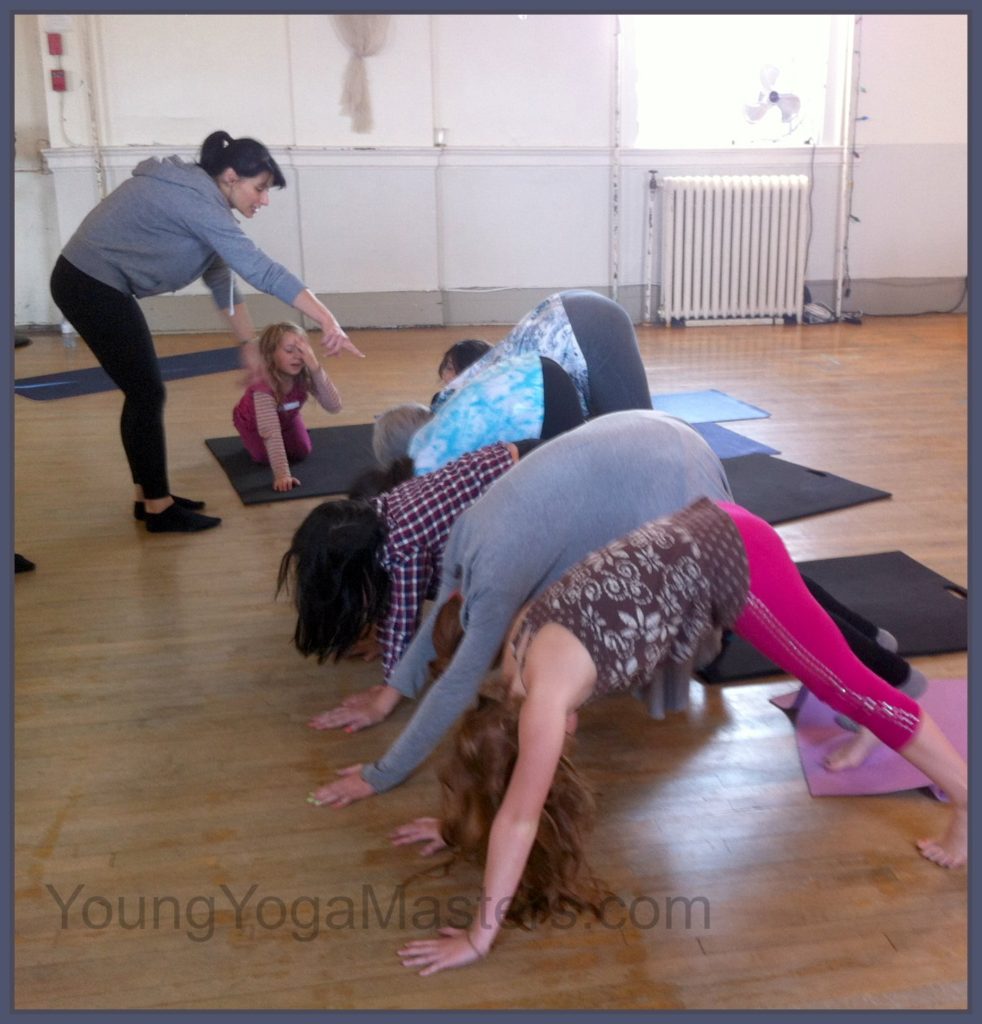
Transform Your Lesson Plan When Inspiration Hits
Kids will say the sweetest things, and perhaps something they say or do will inspire you to create something new on the spot! Trust your creative instincts to make some things up along the way!
A great teacher comes in prepared, but is also able to put aside their plan to attune to the needs of the students.
When you can do this, you and your learners will feel more connected, more present, and have a truly authentic yoga experience.
How often do you use a lesson plan and how often do you need to change it? What happened? How did you handle it?
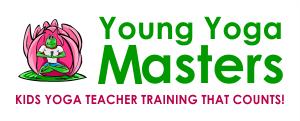
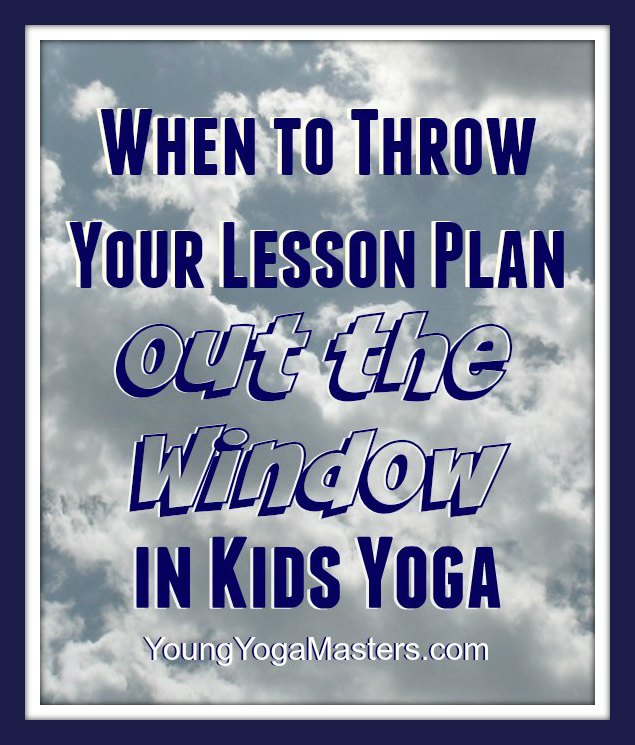
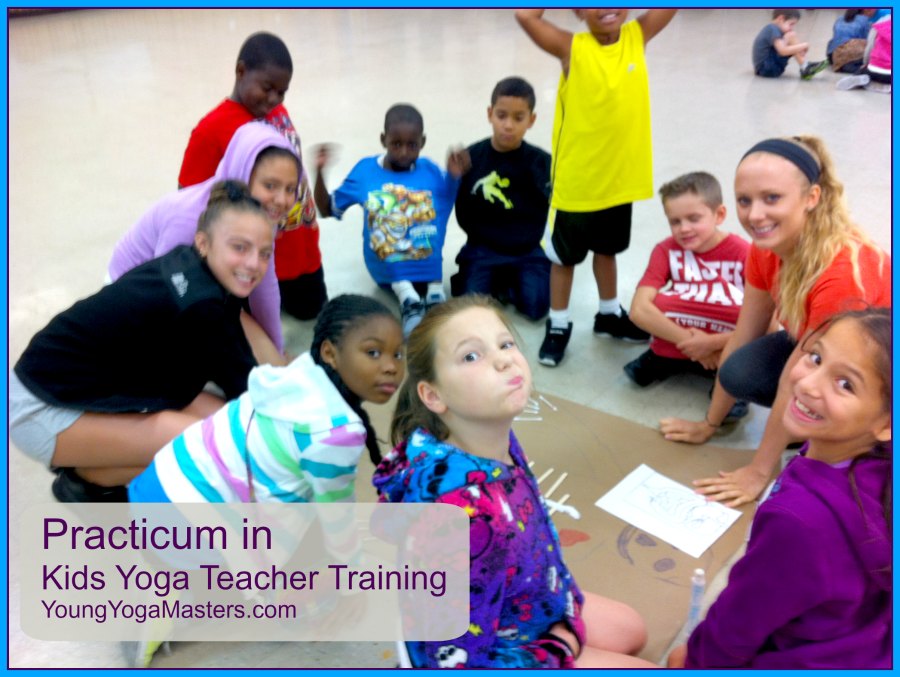
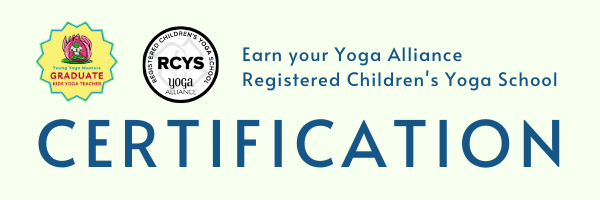
As yoga teachers we need to be not just flexible in our bodies but also in our teaching methods as your article rightly points out. I recently taught yoga to kids in india. I found that is was best to have a rough idea of what I wanted to do but allow for spontanoues things to happen around it. So I would teach my plan a bit and then drift off for a bit according to the response of the kids and then go back to the plan and alternate like that getting a sort of balance between the two. It was made more difficult as they didn’t speak English but it was great fun, which for young children I think is the most important part.
David- your India yoga trip sounds like fun! I’m planning a trip to India in October, so I’ll check out your blog to see what you wrote. Thanks for leaving a comment.
Aruna
I always go with instincts, and I totally agree on changing lesson plans when a teacher feels that something is not right, or if the children are not gaining anything in the current outline of yoga class. A lesson plan needs not to be finite and absolute. Give yourself the freedom to veer away from conventions when necessary so that you will be able to give what’s best for the kids.
thanks for the comment Wormly – a great point that it is not always best for the kids to stick with the plan!